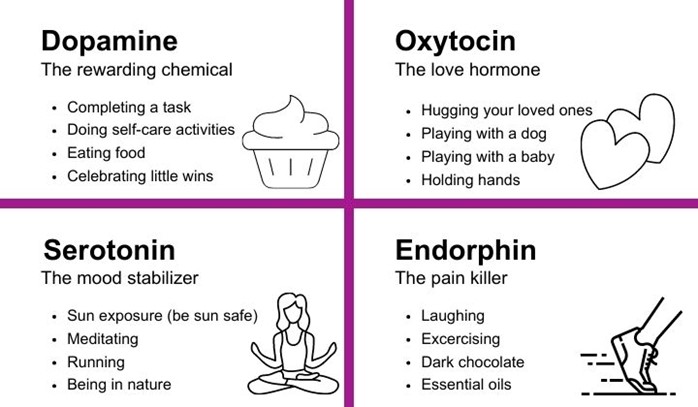A client who is hypotensive is receiving dopamine, an adrenergic agonist, IV at the rate of 8 mcg/kg/min. Which intervention should the nurse implement while administering this medication?
Assess pupillary response to light hourly.
Initiate seizure precautions.
Measure urinary output every hour.
Monitor serum potassium frequently.
The Correct Answer is C
Choice A: Assessing pupillary response to light hourly is not related to dopamine administration. Dopamine does not affect the pupils or the cranial nerves that control them.
Choice B: Initiating seizure precautions is not necessary for a client receiving dopamine. Dopamine does not lower the seizure threshold or cause convulsions.
Choice C: Measuring urinary output every hour is an important intervention for a client receiving dopamine. Dopamine increases blood pressure and cardiac output, which improves renal perfusion and urine production. Urinary output is an indicator of the effectiveness of dopamine therapy and renal function.
Choice D: Monitoring serum potassium frequently is not directly related to dopamine administration. Dopamine does not affect potassium levels or cause hyperkalemia or hypokalemia. However, potassium levels may be affected by other factors such as fluid balance, renal function, and medications.

Nursing Test Bank
Naxlex Comprehensive Predictor Exams
Related Questions
Correct Answer is D
Explanation
Choice A: Administering a half dose now is not a safe instruction for the nurse to provide, as this can result in overdosing or underdosing the infant, depending on how much of the medicine was absorbed or expelled. This is a contraindicated choice.
Choice B: Giving another dose is not a prudent instruction for the nurse to provide, as this can cause digoxin toxicity, which can be life-threatening for the infant. This is another contraindicated choice.
Choice C: Mixing the next dose with food is not a relevant instruction for the nurse to provide, as this does not address the current situation and can affect the absorption and effectiveness of digoxin. This is a distractor choice.
Choice D: Withholding this dose is a sensible instruction for the nurse to provide, as this can prevent adverse effects and allow the infant's serum digoxin level to be checked before giving another dose. Therefore, this is the correct choice.
Correct Answer is ["A","B","E"]
Explanation
Choice C reason: Initiating patient controlled analgesia (PCA. pumps for two clients immediately postoperatively is not a nursing action that can be assigned to the PN. PCA pump is a device that allows the client to self-administer pain medication through an IV line by pressing a button. PCA pump should be initiated by the nurse after verifying the prescription, setting the parameters, educating the client, and ensuring safety and effectiveness. The PN does not have the authority or competency to initiate PCA pump or adjust its settings.
Choice D reason: Starting the second blood transfusion for a client twelve hours following a below knee amputation is not a nursing action that can be assigned to the PN. Blood transfusion is a procedure that delivers donated blood or blood products into the client's bloodstream through an IV line. Blood transfusion should be started by the nurse after verifying the prescription, checking the blood type and compatibility, obtaining informed consent, and monitoring for any adverse reactions. The PN does not have the authority or competency to start blood transfusion or manage its complications.
Whether you are a student looking to ace your exams or a practicing nurse seeking to enhance your expertise , our nursing education contents will empower you with the confidence and competence to make a difference in the lives of patients and become a respected leader in the healthcare field.
Visit Naxlex, invest in your future and unlock endless possibilities with our unparalleled nursing education contents today
Report Wrong Answer on the Current Question
Do you disagree with the answer? If yes, what is your expected answer? Explain.
Kindly be descriptive with the issue you are facing.
